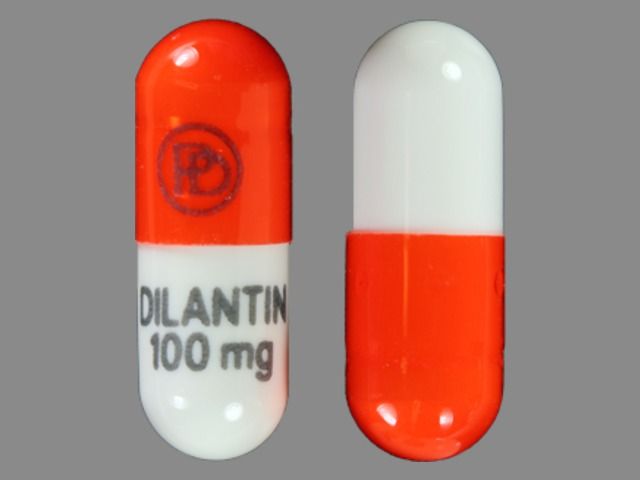 Some anti-seizure medications have been connected with the dangerous skin reactions Stevens Johnson Syndrome (SJS) and Toxic Epidermal Necrolysis (TEN).
Some anti-seizure medications have been connected with the dangerous skin reactions Stevens Johnson Syndrome (SJS) and Toxic Epidermal Necrolysis (TEN).
One popular seizure-managing pharmaceutical drug connected with incidences of SJS and TEN is Dilantin. Dilantin (Phenytoin, or Phenytek) is an anti-seizure medication prescribed to prevent and manage tonic-clonic seizures and partial seizures. The FDA approved Dilantin for use as an anti-convulsant drug in November 2002.
While the drug has helped many manage epileptic and seizure disorders, some users reported developing Dilantin complications, especially SJS and TEN.
Stevens Johnson Syndrome is a life-threatening skin condition that develops as an allergic reaction to over-the-counter and pharmaceutical drugs like Dilantin.
When patients first contract SJS, they may confuse their condition with something as inocuous as the flu, with a flushed appearance, high fever, sore throat, and other run-of-the-mill symptoms.
However, the flu-like symptoms are soon followed by the development of open sore, red or purple burn-like rashes, swelling, and skin peeling or shedding. In severe cases of SJS, a patient may die from the intense external and internal skin injuries.
TEN is a more advanced version of SJS. Most people are diagnosed with TEN once the SJS rashes and blisters cover over 30 percent of a patient’s body. Once a patient is diagnosed with TEN, they have a 30 percent to 40 percent chance of dying.
Even if a patient survivies SJS or TEN, they may still contend with other problems for the rest of their lives. Some SJS and TEN complications include:
- Secondary skin infection (cellulitis)
- Sepsis (blood infection)
- Eye problems that can lead to blindness
- Internal organ damage
- Permanent skin damage
Dilantin SJS
A SJS study was conducted in 15 burn units across the United States. More than 20 percent of the TEN cases observed were allegedly caused by the use of Dilantin. And of these Dilantin Ten patients, 25 percent of died.
Over the past few years, over 100 Dilantin SJS lawsuits have been filed against the drug manufacturer, alleging they were not warned of the possible TEN and SJS side effects and becuase of the lack of warning, they suffered serious Dilantin SJS complications. Some Dilantin SJS victims have received millions of dollars in lawsuit settlements to compensate them for their pain and suffering.
Do YOU have a legal claim? Fill out the form on this page now for a free, immediate, and confidential case evaluation. The SJS attorneys who work with Top Class Actions will contact you if you qualify to let you know if an individual lawsuit or Dilantin class action lawsuit is best for you. [In general, Dilantin lawsuits are filed individually by each plaintiff and are not class actions.] Hurry — statutes of limitations may apply.
ATTORNEY ADVERTISING
Top Class Actions is a Proud Member of the American Bar Association
LEGAL INFORMATION IS NOT LEGAL ADVICE
Top Class Actions Legal Statement
©2008 – 2025 Top Class Actions® LLC
Various Trademarks held by their respective owners
This website is not intended for viewing or usage by European Union citizens.
Get Help – It’s Free
Help for Victims of Stevens Johnson Syndrome
If you or a loved one were diagnosed with Stevens Johnson Syndrome (SJS) or toxic epidermal necrolysis (TEN) after taking a prescribed or over-the-counter medication, you may be eligible to take legal action against the drug’s manufacturer. Filing an SJS lawsuit or class action lawsuit may help you obtain compensation for medical bills, pain and suffering, and other damages. Obtain a free and confidential review of your case by filling out the form below.
An attorney will contact you if you qualify to discuss the details of your potential case at no charge to you.
Oops! We could not locate your form.












